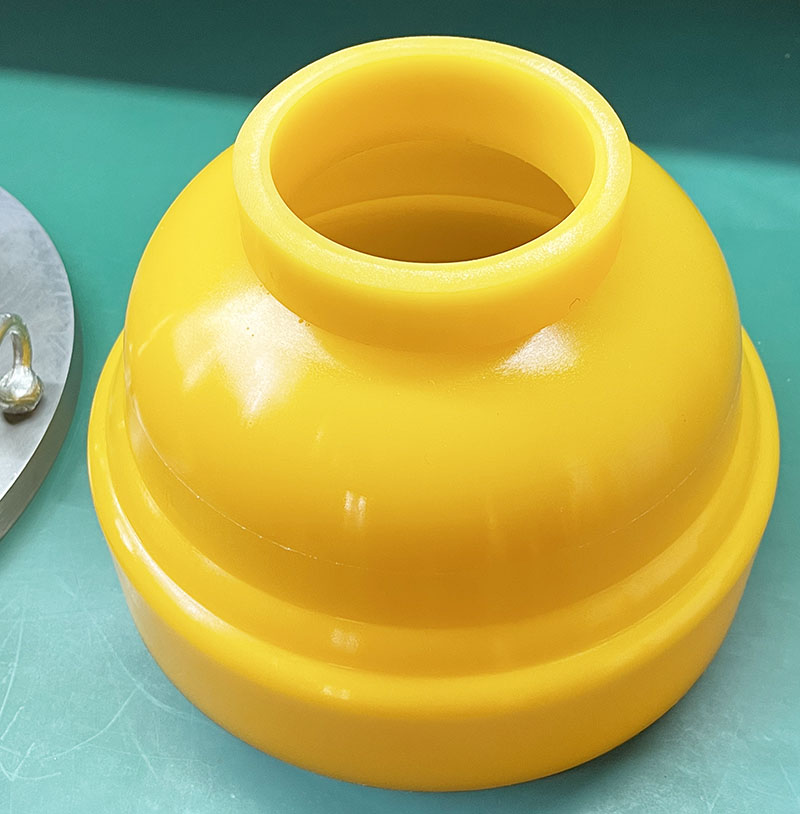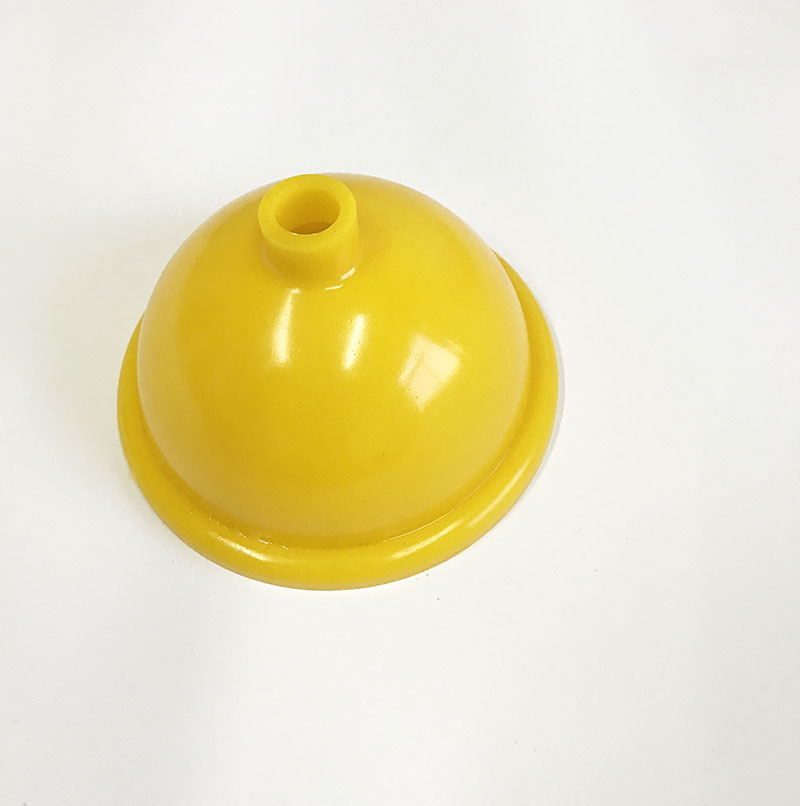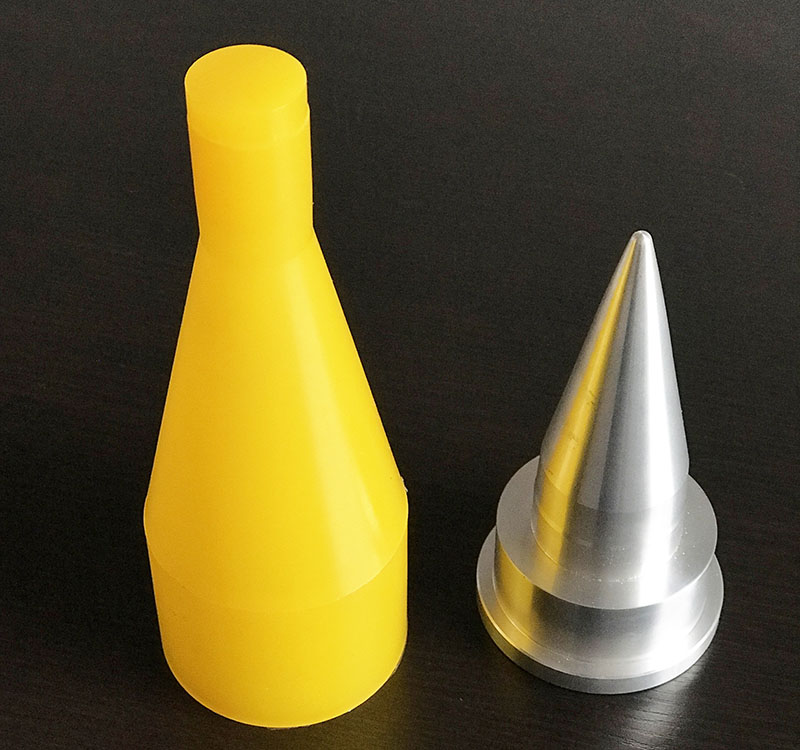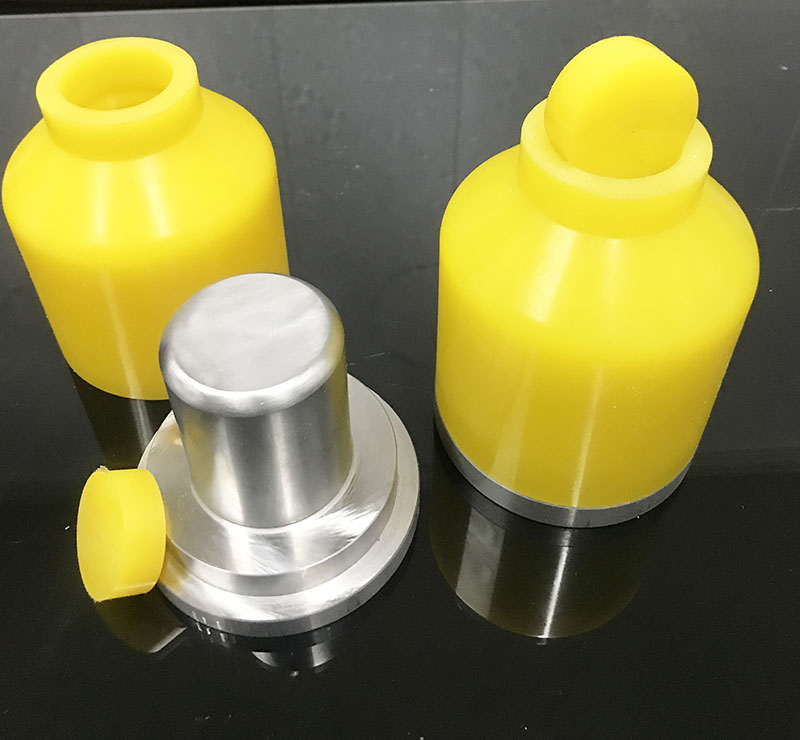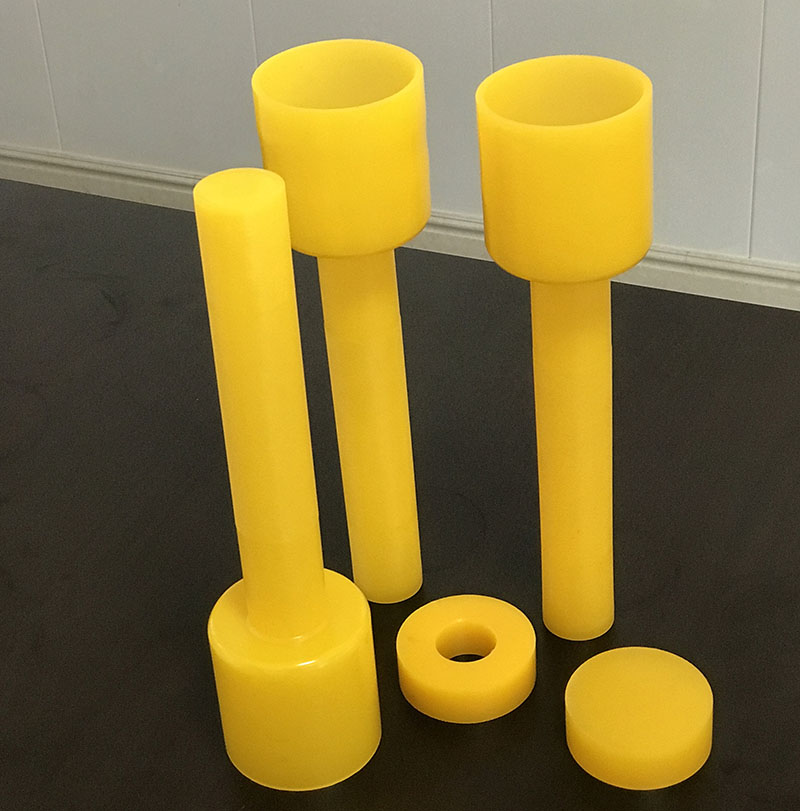Isostatic pressing is to add granulated ceramic material into the mold. The material of the mold is generally plastic or rubber with certain elasticity. In the isostatic pressing machine, a uniform pressure of tens to hundreds of MPa is applied to the mold in all directions. The granulated ceramic material in the mold is compacted and formed. There are two methods of isostatic pressing: cold isostatic pressing and hot isostatic pressing. Cold isostatic pressing is divided into wet and dry.
The working principle of isostatic pressing is Pascal's law: "The pressure of the medium (liquid or gas) in a closed container can be transmitted equally in all directions." Powder molding; in the past 20 years, isostatic pressing technology has been widely used in ceramic casting, atomic energy, tool manufacturing, plastics, ultra-high pressure food sterilization and graphite, ceramics, permanent magnets, high-pressure electromagnetic porcelain bottles, biological drug preparation, food preservation, High-performance materials, military and other fields.
Cold isostatic pressing
Cold Isostatic Pressing (CIP for short) is a process at room temperature, usually with rubber or plastic as the covering mold material, using liquid as the pressure medium is mainly used for powder material molding, for further sintering, forging or heat. The isostatic pressing process provides the green body. The general operating pressure is 100~630MPa.
Warm isostatic pressing
For warm isostatic pressing technology, the pressing temperature is generally 80~120℃. There are also special liquid or gas transmission pressures at 250~450℃, and the operating pressure is about 300MPa. It is mainly used for graphite and polyamide rubber materials that cannot be formed by powder materials at room temperature. in order to obtain solid bodies at elevated temperatures.
Hot isostatic pressing
Hot isostatic pressing technology (HIP for short) is a process technology that subject materials to isostatic pressing under the simultaneous action of high temperature and high pressure. It is not only used for powder consolidation. Traditional powder metallurgy process molding It is completed together with the two-step sintering operation, and is also used for diffusion bonding of workpieces, elimination of casting defects, and production of complex-shaped parts. In hot isostatic pressing, inert gases such as argon and ammonia are generally used as the pressure transmission medium, and metal or glass is usually used as the covering material. The working temperature is generally 1000~2200℃, and the working pressure is usually 100~200MPa.
